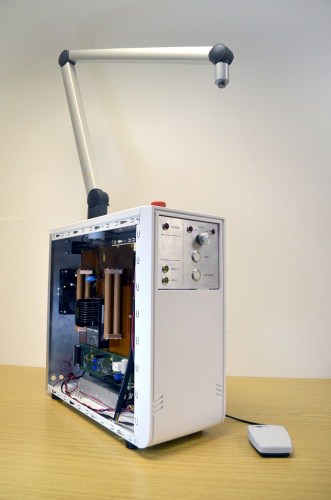The plasma pen could be used for cosmetic procedures such as skin cleaning and rejuvenation, and for sterilising long-term wounds including diabetic ulcers and bed sores without the risk of infection or the need for drugs.

The plasma treatment, which is non-invasive, could be used to replace some surgical procedures, and can significantly reduce scarring. It has been designed by product consultancy Triteq for Fourth State Medicine.
The technology behind plasma sterilisation is not new, and was first used by NASA. However, unlike previous devices the new pen generates a range of plasma states, depending on the medical application it is being used for, according to Ken Hall, managing director of Triteq.
“The handheld device consists of a hand-piece containing the plasma engine and nozzle,” he said. “It has a connecting umbilical cord which supplies the gas and the electrical power to drive the plasma.”
As the gas enters the device through this cord it flows across a special combination of electrodes within the nozzle, which are fed by a high voltage power supply. The voltage between the electrodes ionises the gas, creating a plasma.
Varying the power fed to the electrodes results in different types of plasma. The plasma is then fired out of the nozzle onto the patient’s skin.
At the end of the nozzle is a spacer and hygiene component, which ensures that the plasma is released at exactly the right distance from the skin for the treatment. “You basically just run the nozzle over the area that you need to be treated,” Hall explained.
A control panel allows the medical professional to select the type of plasma required and the power level needed. A foot pedal can also be used to switch the device on and off.
“With our in-house test facilities we have proven that the technology works, so we’re now entering into the next stage, where we will create a version of the device suitable for medical use,” said Hall.
Fourth State Medicine hopes to launch the product by mid-2017.




Glasgow trial explores AR cues for autonomous road safety
They've ploughed into a few vulnerable road users in the past. Making that less likely will make it spectacularly easy to stop the traffic for...